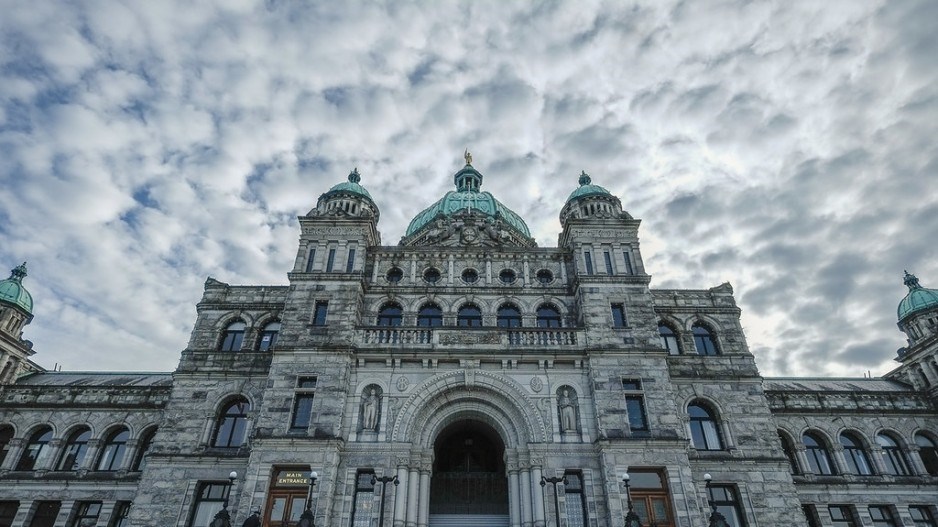Across Canada, headline statistics suggest the labour market has recovered from the COVID recession and in many respects improved since then.
However, a closer look at the numbers complicates the story.
As noted in a recent study published by the Fraser Institute, in all 10 provinces the rate of job growth in the government sector has exceeded growth in the private sector. Nowhere is that more true than in British Columbia, where nearly all net job creation since the start of the pandemic has occurred in the government sector, while private-sector job growth has been essentially nonexistent.
Let’s first look at aggregate job numbers. Between the onset of the COVID recession in February 2020 and June 2023, total employment in B.C. increased by 111,500 jobs. That amounts to a total increase of 4.2 per cent – near the middle of the pack among Canadian provinces. (These statistics include all levels of government – federal, provincial and municipal.)
But again, nearly all these jobs were created in the public sector, which is responsible for 104,400 out of these 111,500 additional jobs. By comparison, the private sector (including self-employment) saw a net increase of just 7,100 jobs.
Put another way, more than 90 per cent of job growth in B.C. was the result of government hiring.
Another way to better understand the growth of government and the health of the private-sector labour market is to look at their job creation rates side by side. Over the same period (February 2020 to June 2023), the number of jobs in the private sector increased by just 0.3 per cent compared to a 22.6-per-cent increase in the government sector.
These statistics raise serious questions about the sustainability of labour market trends in B.C. because a stagnant private sector can’t finance rapid growth in the size of government over the long term.
Finally, when considering the implications of such rapid growth in government, it’s important to remember that taxpayers ultimately bear the cost of all new government spending – including spending on wages and salaries – either through higher taxes or new debt that must either be repaid or financed indefinitely by future taxpayers. British Columbians have already seen significant tax hikes in recent years, and the Premier David Eby government’s own forecasts predict a large increase in debt over the next several years.
B.C.’s headline statistics for job growth since early-2020 place the province in the middle of the Canadian pack. But in reality, the current state of the province’s labour market is more complicated. Private-sector job growth has been negligible while the public sector has grown rapidly. Policymakers in Victoria should understand the implications for the health of the private sector and the long-run sustainability of government finances, and the effect on taxpayers.
Ben Eisen is a senior fellow at the Fraser Institute.





